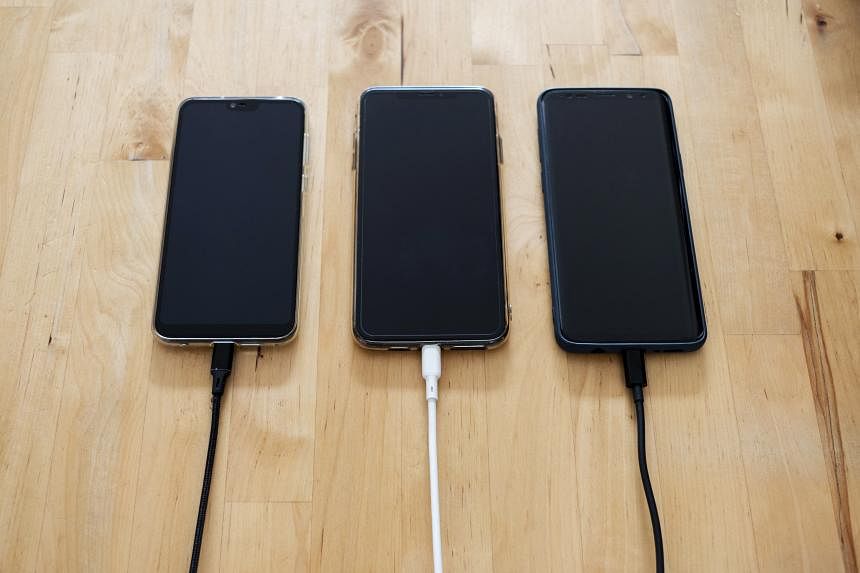SYDNEY - Mobile phone batteries that last for up to nine years could be a reality by using high-frequency sound waves to remove rust that inhibits battery performance, said a research team led by Australia’s RMIT University.
The team said on Dec 20 that they found sound waves at a certain frequency remove rust from a nanomaterial called MXene, restoring it close to its original state, and this could mean a step closer to a longer lifespan alternative to lithium.
In Australia, only 10 per cent of used handheld batteries, including those for mobile phones, are collected for recycling. The major reason is the high cost of recycling lithium and other materials from batteries, noted the team.
Researchers said MXene is similar to graphene with high electrical conductivity and is highly adaptable. It could be used in a whole range of technological applications in the future if the problem of rusting can be easily solved.
“Surface oxide, which is rust, is difficult to remove especially on this material, which is much, much thinner than a human hair,” said co-lead researcher Hossein Alijani, a PhD candidate from RMIT University.
“Current methods used to reduce oxidation rely on the chemical coating of the material, which limits the use of the MXene in its native form,” Mr Alijani said.
“In this work, we show that exposing an oxidised MXene film to high-frequency vibrations for just a minute removes the rust on the film. This simple procedure allows its electrical and electrochemical performance to be recovered.”
Publishing the findings in Nature Communications, the researchers believe the method can potentially extend the lifetime of battery components by up to three times to nine years.
It also opens the door for the nanomaterial to be used in a wider range of applications in energy storage, sensors, wireless transmission and environmental remediation.
While the innovation is promising, the team will need to work with the industry to integrate its acoustics device into existing manufacturing systems and processes as the next step. XINHUA

